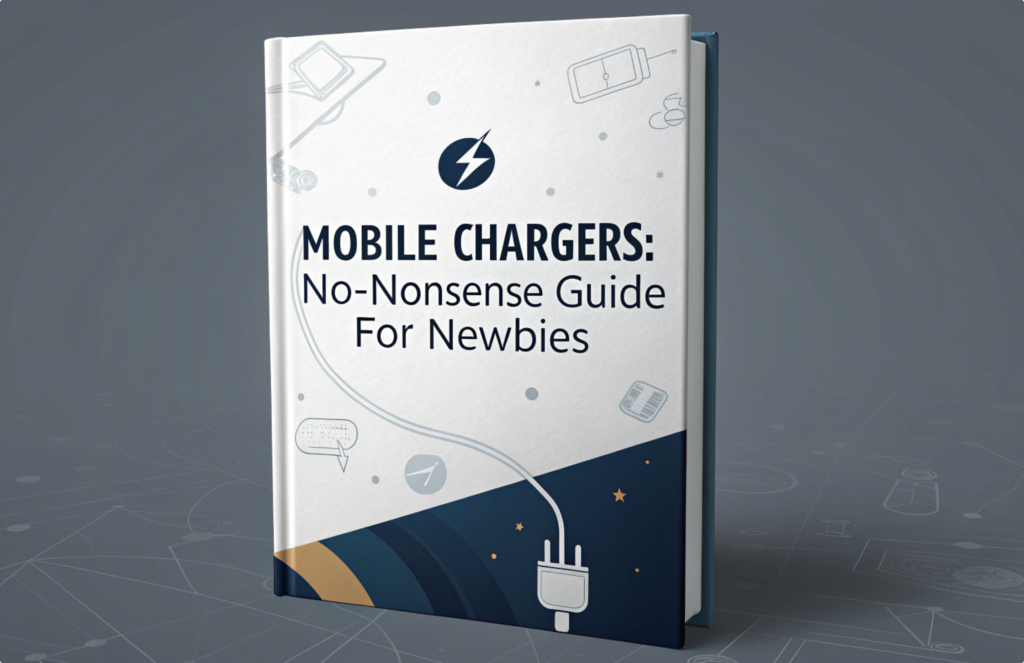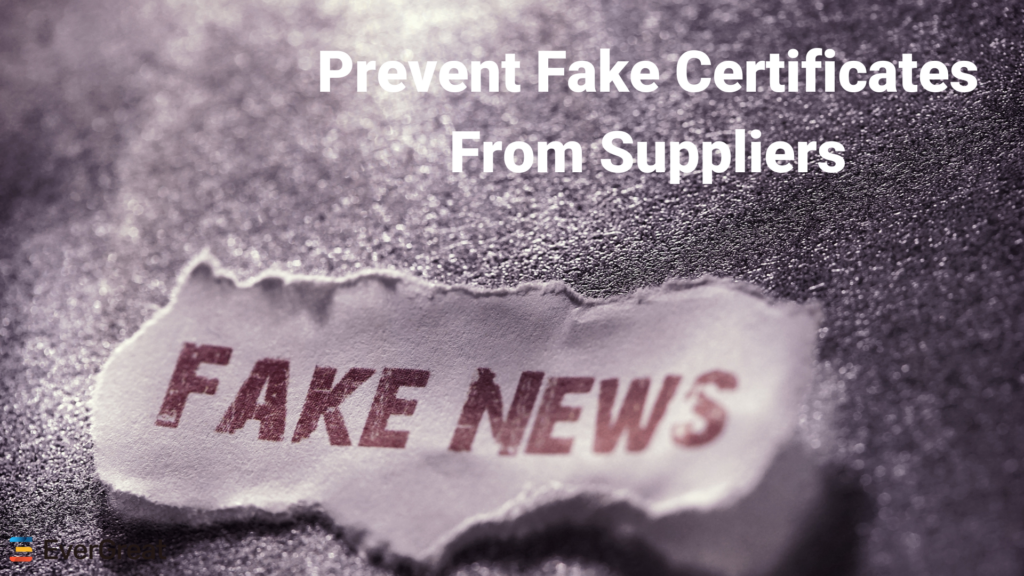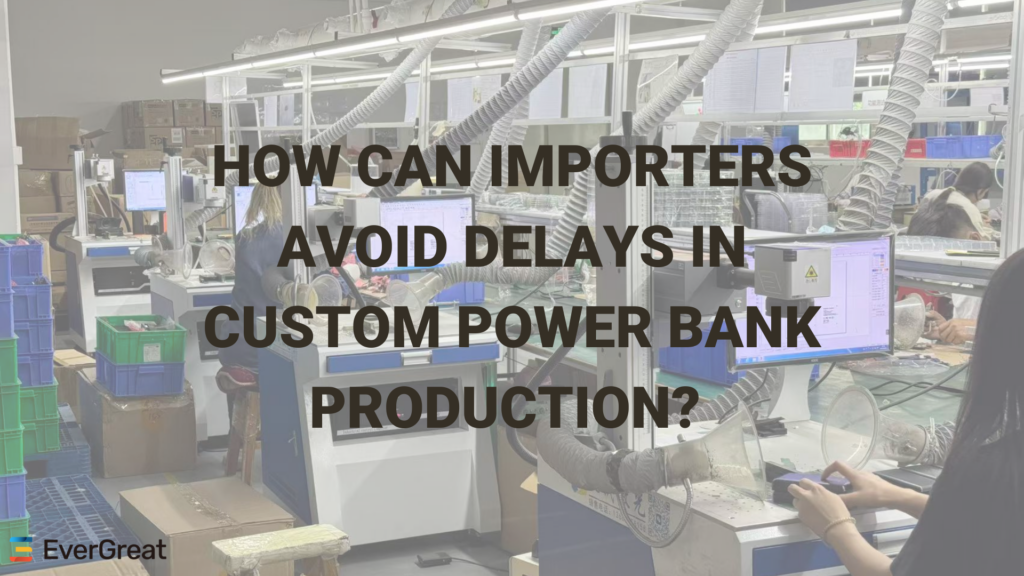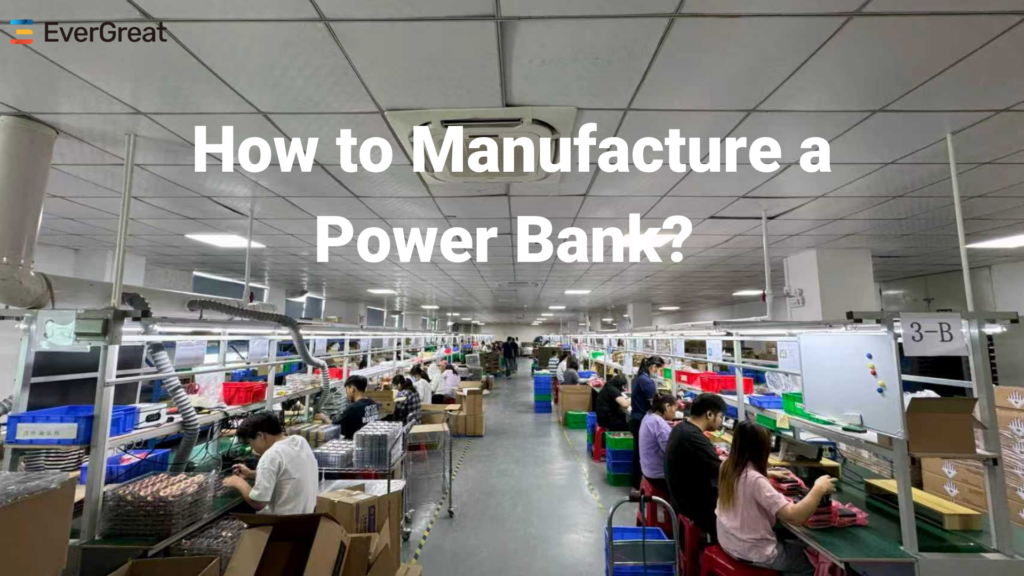Worried about your power bank looking a bit…inflated? It’s a common concern! A swollen power bank can be alarming. But don’t worry; I will help you understand what you should do.
A puffy power bank means the battery inside is swelling due to gas buildup. This comes from chemical reactions, and it’s a sign to stop using it right away for safety.

Now, you’re probably wondering what’s causing this inside your power bank and how to stop it from happening again. I’m here to explain everything simply. So, keep reading to learn more and stay safe!
What’s Actually Happening Inside a Swollen Power Bank?
Is your power bank starting to look like it’s been inflated? It’s normal to worry when you see something like that. Knowing what’s happening inside can make you feel better and help you take the right steps.
Inside a swollen power bank, the battery is having chemical reactions that make gas. This gas makes the battery get bigger, so the power bank looks puffy.
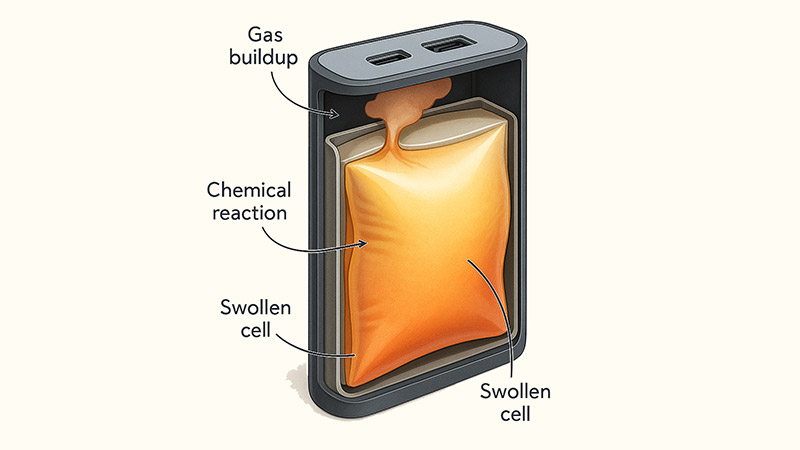
Dive deeper:
The main reason for this swelling is usually the breakdown of the chemicals inside the lithium-ion battery. When you use a lithium-ion battery, it goes through charge cycles, which means charging and using power. Over time, this can cause the electrolyte, a liquid that helps ions move between the battery’s parts, to break down. This breaking down makes gases like carbon dioxide, which inflates the battery. Here’s a simple look at what causes this issue:
| Factor | Description |
|---|---|
| Electrolyte Breakdown | The electrolyte, which helps ions move, breaks down over time. |
| Gas Production | Gases like carbon dioxide (CO2) are made when the electrolyte breaks down. |
| Internal Pressure | The gas buildup makes the pressure inside the battery higher, making it swell. |
| Heat Generation | The chemical reactions also make heat, which makes the breakdown and gas production happen faster. |
| Physical Expansion | The battery getting bigger puts stress on the case and inside parts, which can cause more damage and danger. |
I had a customer who brought in a power bank that looked like it was about to pop. After explaining this process, they understood they needed to replace it quickly. It’s not just how it looks; it’s a real safety issue.
Is It Normal for Power Banks to Swell Over Time?
Have you ever wondered if a little swelling in your power bank is just part of it getting old? It’s a common question, and knowing the answer is important.
While a tiny bit of expansion might happen as it gets older, lots of swelling is not normal and means there’s a problem. It means the battery is getting worse and could be dangerous.

Dive deeper:
Think of it this way: a new power bank should be flat and hard. After lots of charge cycles, the inside parts can start to break down. This shouldn’t cause much swelling. Here’s a table to help you see the different stages and what to watch for:
| Stage | Description | What to Do |
|---|---|---|
| New | The power bank is flat, hard, and works as expected. | Use and charge as you should. |
| Slight Use | After some charge cycles, there might be a tiny change, but you won’t notice it. | Watch for any changes. |
| Noticeable Swelling | The power bank starts to bulge or feels soft. | Stop using it right away. Recycle it properly at a recycling center. |
| Severe Swelling | The power bank is very expanded, maybe so much that the case is breaking. | Don’t touch it. Take it to a professional disposal service. |
| Other Issues | There could be other signs, like getting too hot, making strange noises (hissing or crackling), or letting out fumes. | Isolate it and get help right away. |
I had a client who owned a gadget store. They saw some power banks swelling on the shelves. They took them off the shelves, contacted us, and sent them back for new ones. Seeing it early can stop problems.
Could Overcharging Be the Reason My Power Bank is Swollen?
Do you often leave your power bank plugged in all night, even when it’s full? Overcharging might be why it looks puffy.
Yes, overcharging can definitely make a power bank swell. When you overcharge a battery, it can get too hot and make gas, which makes it swell and can damage it.

Dive deeper:
Newer power banks have safety things to stop overcharging, but they aren’t perfect. If those things don’t work, or if you have an older or cheap power bank, overcharging can happen. Here’s how overcharging makes it swell:
| Process | Description | Outcome |
|---|---|---|
| Continued Charging | Even after the battery is 100%, the charger keeps sending power. | The battery cells get stressed and not stable. |
| Electrolyte Breakdown | Too much power makes the electrolyte break down, letting out gases. | Gases like CO2 and oxygen build up inside the battery. |
| Pressure Increase | The gas buildup makes the pressure inside higher. | The battery case gets bigger, making it swell. |
| Heat Generation | Overcharging makes heat, which makes the chemical reactions and gas production faster. | The heat damages the battery more and makes the risk of swelling, fire, or explosion higher. |
I remember a customer who thought leaving his power bank plugged in all the time was "keeping it ready." After it swelled up, we explained the dangers of overcharging. Now, he unplugs it when it’s full.
What are the Chemical Processes Behind Power Bank Swelling?
Are you wondering about the science behind why power banks swell? It’s not just overcharging; it’s about the chemical reactions inside.
Power bank swelling happens because the electrolyte inside the lithium-ion battery breaks down, making gases. These gases make the battery get bigger.

Dive deeper:
The main thing is the electrolyte in the lithium-ion battery breaks down. This makes gases, like carbon dioxide and other hydrocarbons, which make the battery swell. Here’s a look at the chemical processes:
| Chemical Process | Description | Result |
|---|---|---|
| Electrolyte Oxidation | The electrolyte (usually a lithium salt in a liquid) gets oxidized at the positive part of the battery. | Makes gases like CO2, which make the pressure inside higher. |
| Electrolyte Reduction | The electrolyte also gets reduced at the negative part of the battery. | Makes gases like hydrocarbons (methane, ethane) and lithium, which make it swell. |
| Electrode Degradation | The lithium metal oxide and graphite in the battery break down over time, especially with overcharging. | Loses power and makes things that make gas production worse. |
| Separator Breakdown | The separator, which stops the positive and negative parts from touching, can break down because of heat. | Can cause short circuits, which make more heat and gas. |
I had a cool talk with an engineer about this. He said even tiny bits of dirt in the battery can start these reactions. That’s why checking quality is so important when making them.
Conclusion
To sum up, a puffy power bank is not okay. It means there are problems inside, usually from chemical reactions that make gas. For safety, stop using it right away and get rid of it properly.


